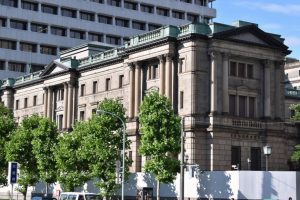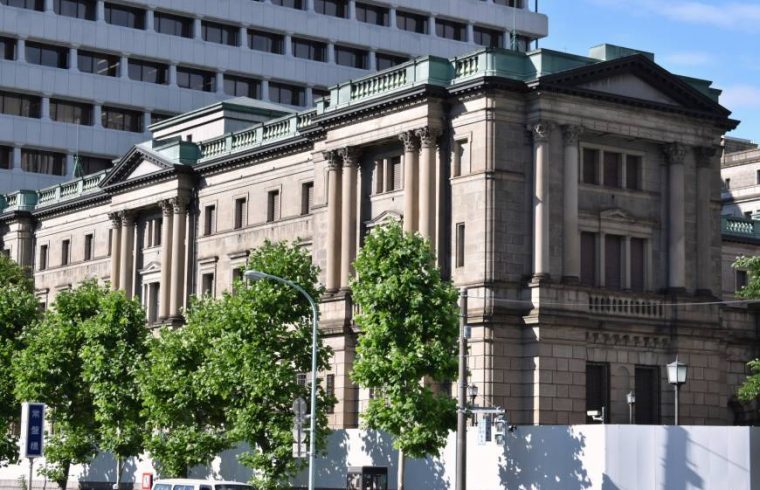 The Bank of Japan left its stimulus settings unchanged at its final policy meeting of the year, as risks to inflation mount and the Federal Reserve signaled just hours before a slightly more dovish rate path ahead.
The Bank of Japan left its stimulus settings unchanged at its final policy meeting of the year, as risks to inflation mount and the Federal Reserve signaled just hours before a slightly more dovish rate path ahead.
The BOJ left its yield curve control program and asset purchases unchanged, the central bank said in a statement Thursday, a result predicted by all 49 economists surveyed by Bloomberg.
Gov. Haruhiko Kuroda faces a deteriorating environment with inflation only halfway to the BOJ’s 2 percent goal. With oil prices tumbling, economists see it falling toward zero in the year ahead. Slowing growth in China, the U.S.-China trade war and a disruptive Brexit could all hit Japan’s export-dependent economy, which has contracted in two of the past three quarters.
Kuroda acknowledged that risks tilted to the downside, while arguing that Japan’s economic fundamentals remain solid and momentum toward the 2 percent price target is maintained. At a news conference later, Kuroda also said the BOJ has more tools for adding stimulus if needed — including rate cuts and asset purchases — and that it’s no problem if government bond yields fall into negative territory as long as the move reflects economic fundamentals and yields remain within the BOJ’s target range.
Japanese stocks entered a bear market on Thursday, with the Topix index falling another 2.5 percent as statements from the BOJ and Fed failed to soothe investors. Yields for the benchmark 10-year bond this week fell to 0.01 percent, the lowest since September 2017.
While some BOJ officials are said to be fine with yields hitting zero percent or below, subzero yields for an extended period would again elevate concerns about profits at Japanese banks. Eroded bank profitability was a key reason the BOJ introduced yield curve control in 2016.
The BOJ repeated its previous assessment that Japan’s economy is likely to continue expanding moderately, supported by moderate growth in exports and an uptrend in domestic demand. Core inflation is currently about 1 percent, and likely to increase gradually toward 2 percent, it said.
“With a rising level of cautiousness, which was shared by the Fed, the BOJ will be in wait-and-see mode for a while,’ said Junko Nishioka, chief Japan economist at Sumitomo Mitsui Banking Corp. and a former BOJ official. ‘They are well aware that it’s not time to signal any policy normalization.’
The vote on the rate decision was 7-2, with Goushi Kataoka and Yutaka Harada dissenting. Kataoka again argued that heightening uncertainties regarding economic activity and prices warranted action to push long-term yields lower. Harada said the trading range for yields was too ambiguous a guide for market operations.
After more than five years and $3.5 trillion of asset purchases, inflation remains only halfway to the BOJ’s goal, as wage growth remains stubbornly sluggish.
The Fed’s more cautious stance on future rate increases will complicate matters for the BOJ, which must be mindful that any clear signal of policy normalization, particularly if the Fed seems poised to hit pause, could cause the yen to quickly gain unwanted strength.
Compared with October, fewer economists now expect tightening of policy next year, the Bloomberg survey found.












